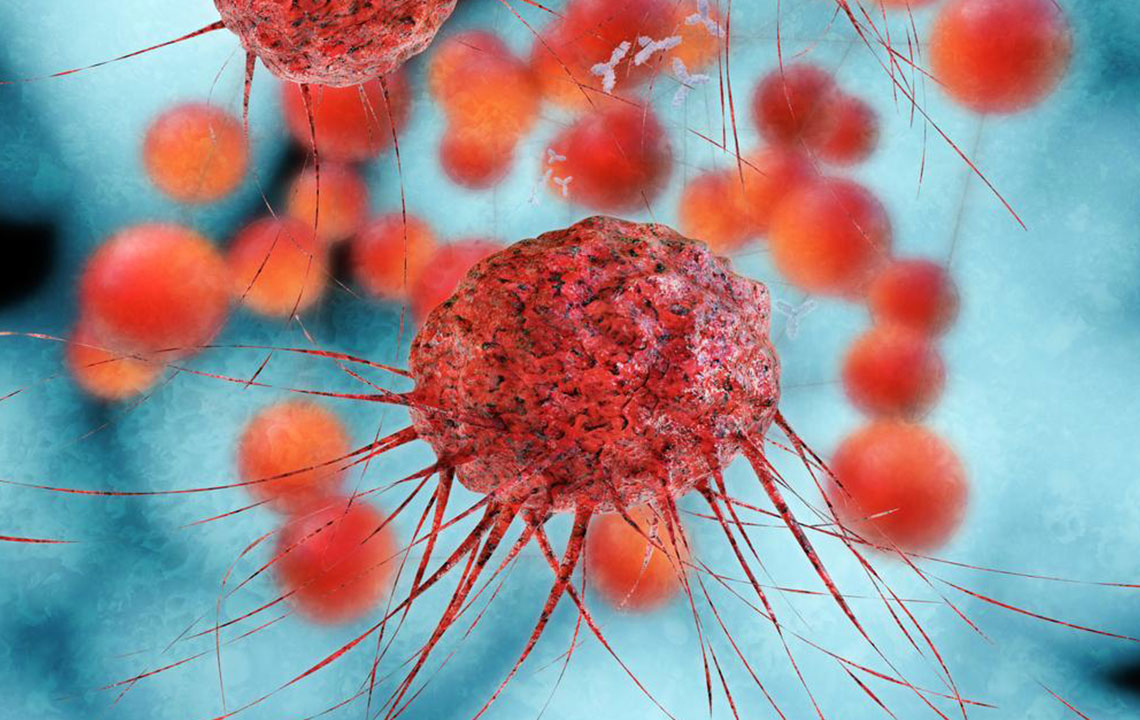Early Warning Signs and Symptoms of Pancreatic Cancer: A Comprehensive Guide
This comprehensive guide explores the early indicators of pancreatic cancer, including common symptoms, tumor types, and signs of metastasis. It emphasizes the importance of early detection and timely medical intervention to improve survival rates and outlines the key symptoms associated with different forms of pancreatic tumors. Understanding these signs can lead to early diagnosis, effective treatment, and better patient prognosis, making it an essential resource for individuals and healthcare providers alike.

Early Warning Signs and Symptoms of Pancreatic Cancer: A Comprehensive Guide
Pancreatic cancer is a formidable disease that originates within the tissues of the pancreas, a vital organ situated deep in the abdomen behind the lower part of the stomach. As the disease progresses, it can spread to nearby organs and distant parts of the body, making early detection crucial yet challenging. The pancreas plays a critical role in digestion and blood sugar regulation through hormone secretion, including insulin and glucagon. Because of its hidden location and subtle early symptoms, pancreatic cancer often goes unnoticed until it reaches an advanced stage, making awareness and early recognition vital for better prognosis.
Understanding the anatomy of the pancreas and how pancreatic cancer develops can help in recognizing early warning signs. The pancreas is roughly a six-inch long gland that lies horizontally behind the stomach and is surrounded by important structures such as the liver, gallbladder, spleen, and small intestine. Its strategic position and function mean that tumors can influence neighboring organs, leading to various symptoms that may seem unrelated at first.
The early stage of pancreatic cancer is particularly insidious because symptoms tend to be vague and nonspecific. Often, individuals may overlook or mistake these signs for benign conditions. However, certain early indicators, especially when appearing alongside other symptoms, warrant medical evaluation. One notable early sign is the onset of diabetes that occurs unexpectedly or in individuals without typical risk factors. When coupled with jaundice, unexplained weight loss, or upper abdominal discomfort, these symptoms can be clues pointing toward pancreatic malignancy.
Recognizing early warning signs is essential for prompt diagnosis and treatment. Pancreatic tumors are classified mainly into exocrine carcinomas and neuroendocrine tumors, each with distinct presenting symptoms. These two types contribute differently to the symptom spectrum and disease progression. It’s important to stress that experiencing multiple symptoms does not confirm a particular tumor type but highlights the need for further medical assessment.
Symptoms Associated with Exocrine Pancreatic Tumors
Jaundice and related complications: Yellowing of the skin and eyes, dark urine, pale stool, and itching are common signs when tumors block bile ducts.
Abdominal and Back Pain: Persistent upper abdominal pain radiating to the back may indicate tumor growth near nerve-rich areas.
Unintentional Weight Loss and Anorexia: Sudden, unexplained weight loss accompanied by a loss of appetite can be an early indicator.
Nausea and Vomiting: These symptoms often accompany abdominal discomfort, especially when tumors affect gastrointestinal function.
Enlargement of Gallbladder and Liver: Physical examination may reveal swelling due to obstructed bile flow or metastasis.
Blood Clot Formation: Deep vein thrombosis or other clotting issues can be early signs of pancreatic malignancy.
New-Onset Diabetes: Sudden diabetes in middle-aged or elderly patients without prior history may be an early manifestation.
Fat Tissue Abnormalities: Lipid metabolism disturbances might be observed, especially in neuroendocrine tumors.
Symptoms of Neuroendocrine Pancreatic Tumors
Gastrinomas: Excess gastric acid production causing peptic ulcers
Glucagonomas: Elevated blood sugar linked with skin rash and weight loss
Insulinomas: Hypoglycemia episodes due to excessive insulin secretion
Somatostatinomas: Hormone imbalance leading to diabetes and abdominal pain
VIPomas: Severe diarrhea and electrolyte loss
PPomas: Less common, often asymptomatic or vague symptoms
Carcinoid Tumors: Flushing, diarrhea, and wheezing due to hormone secretion
Non-Functioning Neuroendocrine Tumors: Often silent until they grow large or metastasize
Signs and Symptoms from Disease Spread (Metastasis)
Pancreatic cancer is notorious for metastasis, commonly affecting the liver first. Liver involvement may present as hepatomegaly, jaundice, and abdominal pain. The spread can also involve the lungs, leading to respiratory difficulties, cough, and chest pain, or bones, which become sites of severe pain and fractures. The progression to distant organs signifies advanced disease and complicates treatment options. Risk factors such as smoking considerably increase the probability of developing pancreatic cancer. Early detection through vigilant observation of symptoms, along with diagnostic efforts including imaging and biopsy, significantly improves the prospects of successful intervention. Treatment modalities often consist of surgical removal when feasible, complemented by chemotherapy, radiation therapy, or a combination of these approaches. Recognizing the early signs and acting promptly can make a critical difference in patient outcomes.





